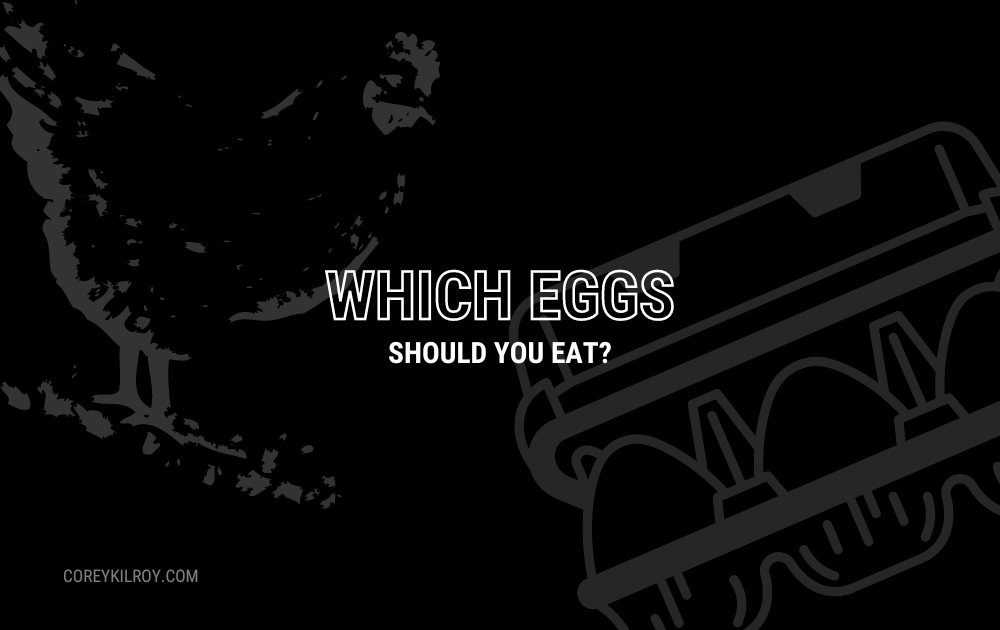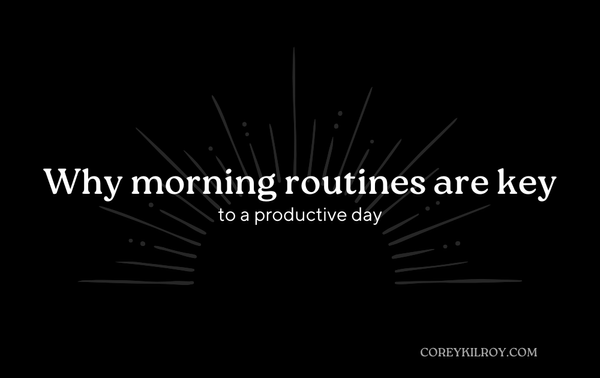What’s the Difference Between Cage-Free, Free-Range, and Pasture-Raised Eggs?

Unless you have a chicken coop in your backyard, or access to farm-fresh eggs every day, you’ve probably been overwhelmed by the plethora of eggs at the grocery store before.
Free-range! Cage-free! Pasture-raised!
But what do they all mean? And which one’s the best for me?
Here’s what they all mean, and how to navigate them efficiently.
So you can get to the rest of your grocery list.
Conventional/Battery-Caged
Space per chicken: 67 square inches
Feed type: corn- or soy-based diets
The vast majority of the egg-laying hens in the United States are confined in battery cages.
Unable to even spread their wings, caged hens are among the most extremely confined animals in agribusiness.
Each caged laying hen is, on average, given only 67 square inches of cage space.
That’s less space than a single sheet of letter-sized paper on which to live her entire life…
Caged hens are also denied several natural behaviors such as nesting, perching, and dustbathing, all important for hen welfare.
These living conditions impact the quality of the eggs you eat.
The hens are not only fed GMO produce, such as corn and soy, but the chronic stress these hens experience results in poorer quality eggs.
Cage-Free
Space per chicken: less than 1 square foot
Feed type: corn- or soy-based diets
Cage-free hens are given slightly better living conditions, being let out of any cages, but their living space is no less crowded.
Under the current USDA regulations, “cage-free” means that chickens are simply not kept in cages.
There are no requirements for space or access to the outdoors, either, so there’s a lot of gray area in terms of what this actually means for a chicken’s life.
According to the USDA, hens can “freely roam a building, room, or enclosed area with unlimited access to food and fresh water during their production cycle, but [do] not have access to the outdoors.”
Considering the conventionally caged hens live in a space that’s 8 ½ by 11 inches, this seems like a better lifestyle — but there are downsides.
Cage-free facilities apparently have more hen-on-hen violence and lower air quality than facilities that use cages. Not only this, but these hens are still being fed the corn and soy that caged hens are given, meaning the quality of the eggs isn’t too favorable.
Free-Range
Space per chicken: 2 square feet
Feed type: corn- or soy-based diets
The definition of free-range is very vague and often gives the same living conditions as their cage-free chicken relatives.
Free-range hens are given a minimum of 2 square feet of “outdoor space”, though there are no requirements for how long a chicken can go outside, if at all.
Some farmers will even put open windows or small doors on their barns and label it as “free-range”, but it’s often just a marketing scam.
It’s essentially up to the farmer whether or not those doors get left open or not.
Yes, these hens are able to minimally practice natural behaviors like nesting and perching, but their quality of life and corn/soy-fed diet still results in eggs that aren’t as favorable.
Free-range is much, much better in quality than conventional, caged eggs, but not “perfect” just yet.
Pasture-Raised
Space per chicken: 108 square feet of outdoor space
Feed type: corn- or soy-based feed, grass, worms & bugs
Pasture-raised hens experience a significantly better quality of life than battery-caged, cage-free, and free-range hens.
To qualify as a pasture-raised chicken farm, each hen must be allowed 108 square feet of outdoor space, plus an indoor barn for cover. This requirement is not part of any USDA regulation, but it is required for the chickens and eggs to be labeled as certified humane.
These chickens usually spend the day outdoors and come into the barn at night, giving them plenty of time and space to roam around in the fresh air.
These hens are fed a diet that consists of some feed or grain, but since these hens are allowed to naturally roam outdoors, a large portion of their diet comes from the grass, worms, and bugs they find outside.
And to keep these food resources plentiful for the hens, farmers rotate the flocks into different sections of the field to keep the supply fresh all year round.
This leads to nutritious and higher-quality eggs. The kind we should strive to put, into our bodies.
Ultimately, we are what we eat.
The extra $3 are worth your health.
Other Terms to Keep an Eye Out For.
Hormone-free
This label, while it sounds beneficial, is a fairly misleading term that does more for marketing than it does in describing the nutrition of the eggs or meat you’re about to eat.
It’s illegal to give hormones to poultry in the United States, so a “hormone-free” label on a carton of eggs or pack of chicken meat is basically meaningless.
If you see it on any poultry item, then it’s basically there for show.
This goes for antibiotics-free eggs, too, though it is more common in the poultry meat industry.
Vegetarian-fed
Chickens, like humans, are omnivores, meaning that they eat vegetables and meat.
Most chickens get their protein from bugs, worms and insects that they find while roaming through fields of soil and grass.
If they are vegetarian-fed, however, this means they are likely being fed a diet of soy- or corn-based feed that’s strengthened with amino acids.
In short, vegetarian-fed chickens are not pasture-raised.
🏁 In the end…
Next time you’re scrolling through the poultry aisle, keep these things in mind as you factor in the quality, production, and ethics that go into all the different foods you’re choosing between.
You are what you eat and this goes for chickens, too.
Eggs are one of the most nutritious foods you can eat, but it all comes down to the quality that you’re seeking.
Be well.
Until Next Time, C.



